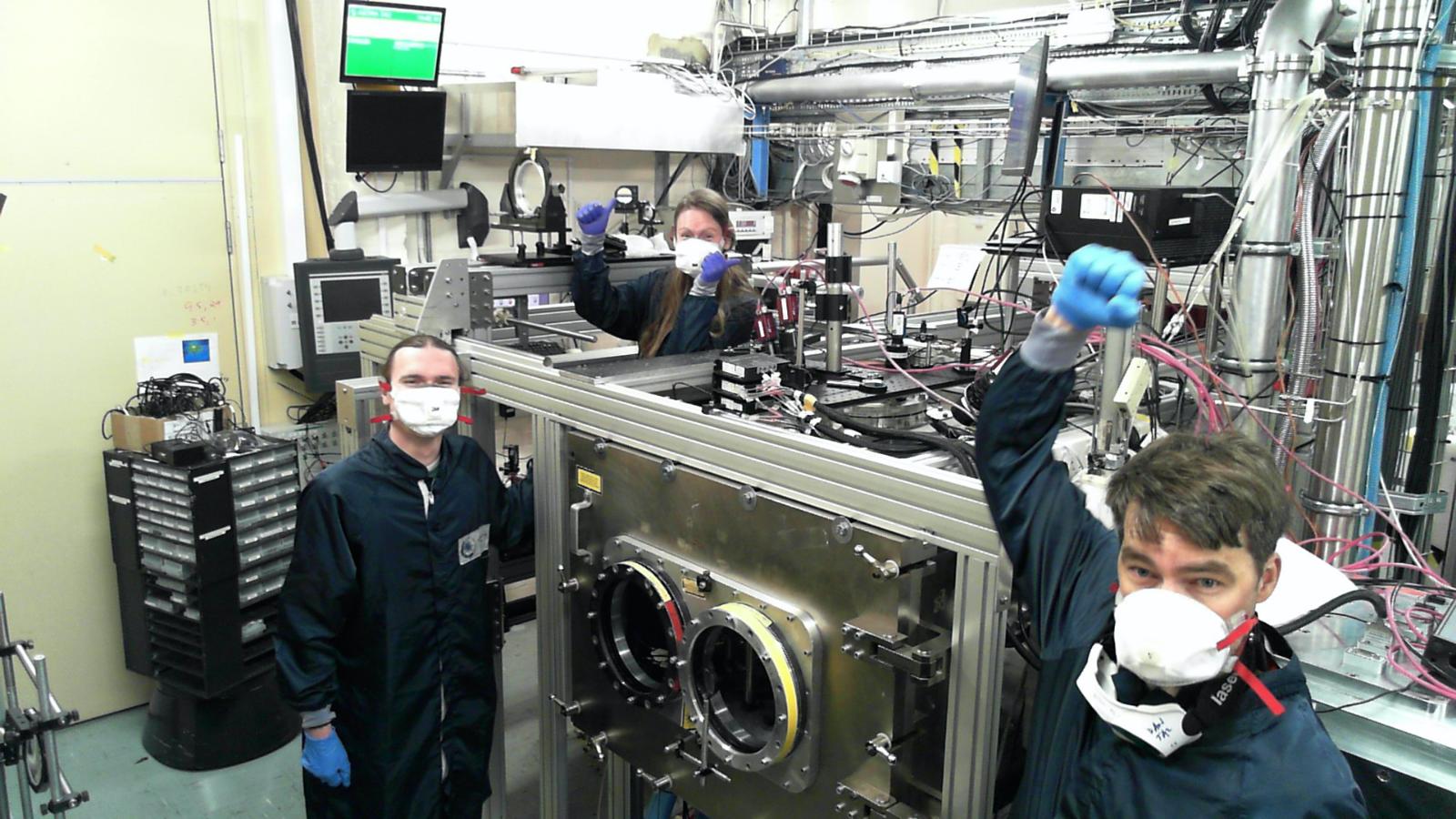Ground-breaking discovery could improve cancer treatment technology
Researchers at Queen’s University Belfast have made a ground breaking discovery – they’ve created a simple way to make high quality proton beams using high intensity lasers.

Currently proton beams are used in a wide range of industries, from testing components for satellites and nuclear reactors, to producing radioisotopes that are necessary for medical imaging.
They can even be used in cancer treatment to target and destroy cancerous tissue in a technique known as proton beam radiotherapy. This type of treament can be more precise than x-ray radiotherapy, causing less damage to surrounding tissue and vital organs.
The research, which has been published in Nature Communications, could help to drive forward technology for medicine and other industries.
Dr Charlotte Palmer from the School of Mathematics and Physics at Queen’s explains: “Usually, protons are created by machines called cyclotrons. These machines are large, and relatively rare – in particular, there are only three cyclotrons available to the NHS for cancer therapy in the UK. So it’s difficult to access suitable facilities for cancer therapy or for radiobiology research, which is necessary to develop future cancer treatments.”
In a bid to make proton beams more accessible, Dr Palmer and the team have been working on a new and compact way of creating protons using a laser-plasma accelerator.
She says: “This is a smaller, more flexible and hopefully cheap source of protons that can be based at hospitals or universities. When using these alternative accelerators, scientists focus a high power laser pulse onto a small piece of solid material and vapourise it. This creates bright pulses of protons.”
Until now, one of the big problems with these accelerators is that the proton pulses vary between different laser shots. For a proton source to be useful, lots of identical pulses are required in quick succession.
Another problem is that the proton pulses from laser-plasma accelerators are usually very broad. They diverge as they move away from the source - similar to the light from a light bulb, rather than a precise laser beam.
In a new study, the Queen’s researchers have made a huge breakthrough. They have shown that they can now use the accelerator to create a much more focused beam of protons and they can do this stably with five pulses per second.
The breakthrough came after the researchers collaborated with an international team, including researchers at the SLAC National Accelerator Lab and University of Michigan, to perform experiments at the UK’s national laser facility near Oxford (STFC Central Laser Facility).
Dr Matthew Streeter from Queen’s is first author on the paper. He explains: “Working in collaboration we were able to exploit an innovative thin liquid sheet target. We used this to replace the traditional solid foil target used as the proton source in the accelerator.
“This liquid target renews rapidly, meaning it can support hundreds of pulses per second. But another surprising and beneficial side effect also emerged. When the liquid evaporated, it formed a vapour cloud around the target. The interaction of the proton beam with this cloud caused the proton beam to focus. This was amazing as it made it brighter and more collimated - a much more precise beam.”
Dr Streeter adds: “The breakthrough shows that it is possible to solve multiple challenges and create more effective protons using compact and cost-effective methods. This paves the way for using protons to further advance research, industry and medicine.”
Media
MEDIA
For media enquiries, please contact emma.gallagher@qub.ac.uk
